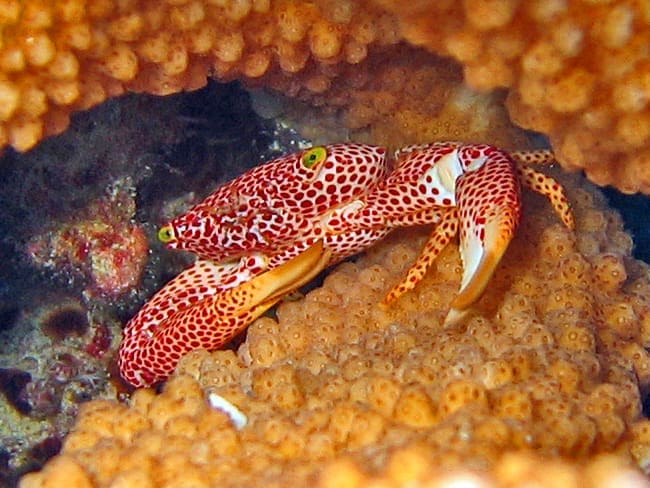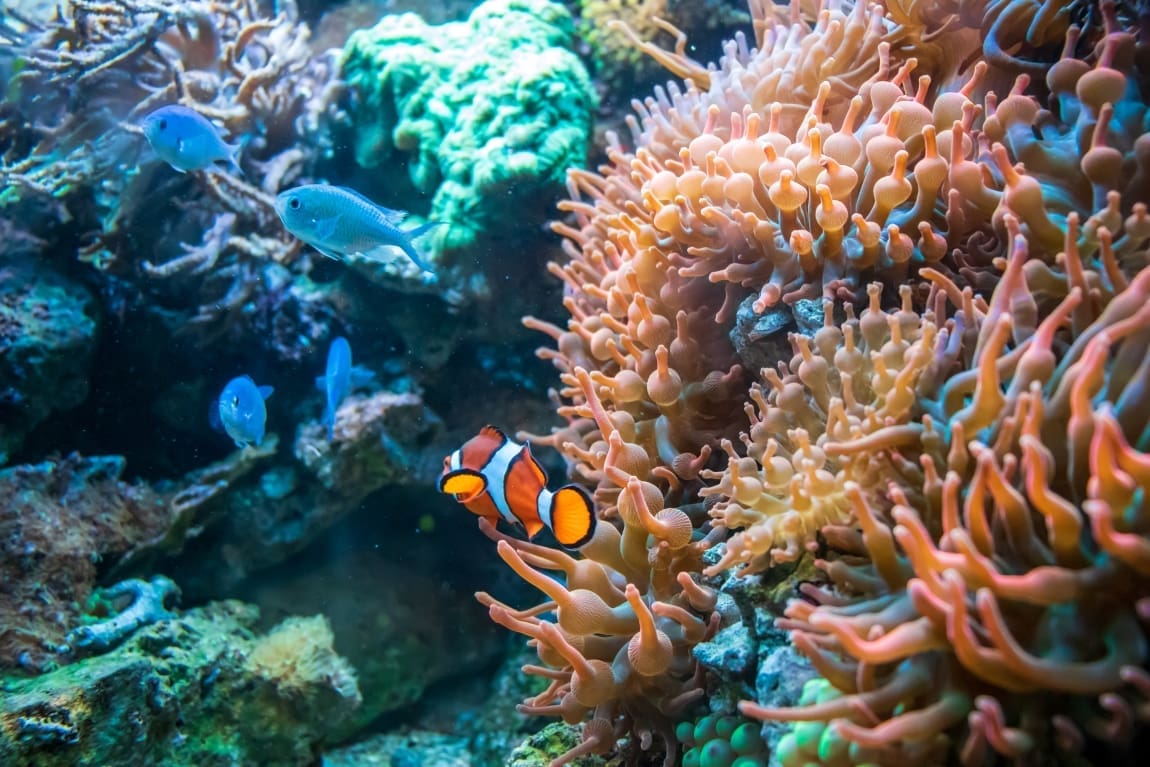By Harrison Tasoff | University of California – Santa Barbara
Coral reefs, those vibrant underwater cities, stand on the precipice of collapse. While rising ocean temperatures and coral bleaching grab headlines, a new essay in Current Biology reveals a hidden layer of complexity in this fight for survival: the often-overlooked roles of the reefs’ smallest inhabitants.
Scientists have long understood the vital partnership between corals and their symbiotic algae, but work by researchers at UC Santa Barbara and University of Georgia highlights how the fate of entire reefs may hinge on the complex interplay between a diverse cast of fish and invertebrate residents. These tiny tenants, it turns out, can be both heroes and villains in the drama.
“It’s like a bustling city teetering on the edge,” explained co-author Adrian Stier, a marine biologist at UC Santa Barbara. “We’re only now realizing that it’s a microcosmic battleground where seemingly insignificant creatures can be the difference between a reef thriving or succumbing to human impacts.”
Take, for example, the humble damselfish. A recent study published in PLOS ONE found that corals inhabited by these tiny fish were far more likely to withstand and recover from heat waves. The researchers suggest the fish provide a crucial nutrient boost to their coral hosts, effectively fertilizing them with their ammonia-rich waste. This finding echoes similar work published in Global Change Biology, where damselfish were shown to help corals resist bleaching by fostering the symbiosis between corals and their photosynthesizing zooxanthellae.
But it’s not just about boosting resources. Another study, also published in PLOS ONE, revealed that certain territorial damselfish act as coral bodyguards, protecting their homes from predators and allowing the corals to expend less energy on defense and more on growth and survival.
“This new research serves as a powerful reminder that even the smallest creatures can play a significant role in the health of our planet,” Stier said.
However, not all coral residents are so benevolent. The essay also highlights the darker side of these micro-relationships. Parasitic snails, like those featured in a Nature Ecology & Evolution study, can weaken their coral hosts, making them more susceptible to bleaching. Other creatures, like the vermetid snail investigated in a study published in Ecology, can disrupt the delicate balance of the reef, outcompeting corals for space and resources.

Even crabs, often lauded for their cleaning services, can turn from helpful housekeepers to harmful hoarders. Research in Coral Reefs revealed that under extreme heat stress, certain crab species turn aggressive, fighting amongst themselves and ultimately harming their coral homes.
“It’s a constant dance between beneficial partnerships and harmful interactions,” Stier said. “Deciphering this intricate web of life is critical if we want to effectively protect coral reefs.”
While tackling climate change remains the ultimate solution to safeguarding coral reefs, understanding the complex dynamics between corals and their miniature residents could be crucial for buying precious time for these vital ecosystems. By identifying and protecting the heroes, and mitigating the damage caused by the villains, scientists hope to tip the scales in favor of coral reef survival.
More information: Adrian C. Stier, Craig W. Osenberg, ‘How fishes and invertebrates impact coral resilience’, Current Biology (vol. 34, Iss. 13; 2024); DOI: 10.1016/j.cub.2024.05.071. UCSB Press Release / Material. Featured image credit: wirestock | Freepik




